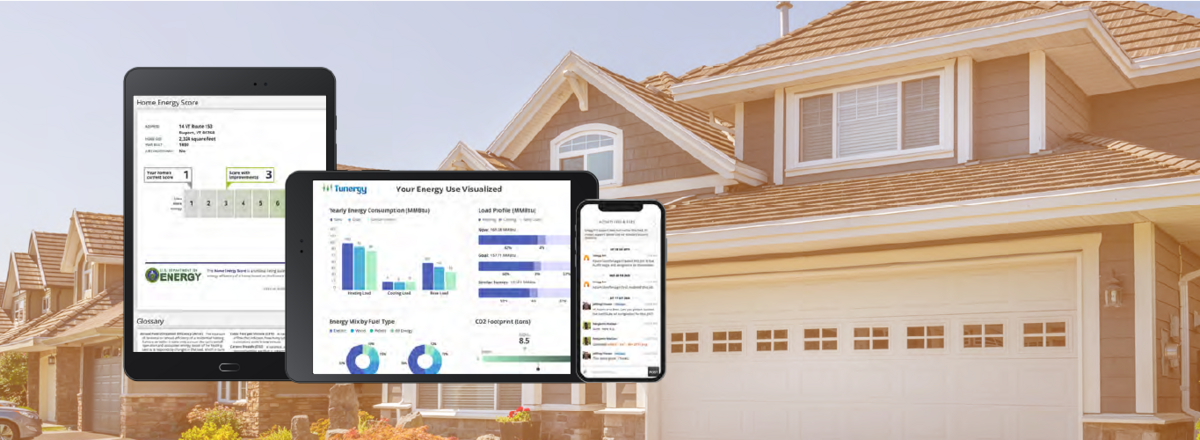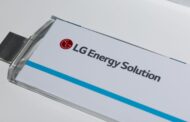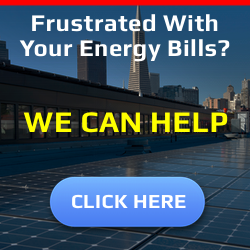You don’t always notice the world changing. It tends to have a stealth capability that allows it to change little by little each month, year, and decade without your notice. Until one day enough has changed that you look around and are astounded by your surroundings and wonder how it all seemed to happen in a blink of an eye and at an agonizingly slow pace simultaneously. Conversely, there are moments in time when the world changes in a very short amount of time due to an event or action of one agency or another. For me, examples include holding an Atari controller for the first time; watching the Challenger’s ill-fated lift off from an elementary cafeteria; watching a more tech savvy friend of mine connect his computer to a Bulletin Board System via chirps, squawks and squelches on the family land line; stepping off the bus at basic training; having absolute certainty while reciting vows with my soon to be wife; logging on to the web and seeing smoke billowing out of the North Tower; and watching my daughter open her eyes to the outside world for the first time.
Similarly, we have watched the world of energy efficiency ebb and flow with spikes of activity or events that have reshaped the landscape. Understanding some of the history may help us to predict the impact of Inflation Reduction Act (IRA) funded programs.
Riding the Lighting
Lighting efficiency was a tough sell for early programs as the technology didn’t offer huge efficiency gains initially and was costly unless you were willing to trade quality for cost. For C&I a lot of savings were driven by high bay lighting first moving to pulse start metal halide (10-20% savings) before really taking off with high bay fluorescents (40-50% savings) and later LED (80-90% savings). During this rapid growth period, many contractors came into the programs attracted by rich incentives (incentives are generally indexed from electric savings) that made projects easier to sell. Today the value of LED lighting is well established, and lessons learned include the importance of having the right level of incentives, keeping program participation simple for contractors and perhaps more importantly, education and knowledge will drive market adoption.
The Shell Game
Right sizing residential efforts has always been a challenge for efficiency programs. The biggest opportunity for many homes was the building shell including insulation and air sealing measures that could be costly and hard to estimate the exact cost benefit. Much effort and budget were dedicated to recruiting customers, staff, and contractors to conduct whole home upgrades. Technology improvements increased cost effectiveness including spray foam, higher efficiency air conditioning, condensing furnaces, and appliances but the incentives based on cost per kWh and/or therm saved were either too low to attract attention or too high for program cost effectiveness for most programs. Fluorescent lighting and later LED provided band aids for awhile with retail programs and later direct installation taking advantage of cost-effective savings. Behavioral savings were added into the mix to help drive down the average cost for a portfolio, but the holy grail of whole home impacts remained elusive for most programs.
American Recovery and Reinvestment Act
In 2009 the Obama administration signed into law the American Recovery and Reinvestment Act (ARRA) forever shifting the landscape of energy efficiency and the world around us. At the time, the Recovery Act made the largest single investment in clean energy in history, pouring more than $90 billion in strategic clean energy investments and tax incentives to promote job creation and the deployment of low-carbon technologies. This initiative led to a surge in renewable energy projects, including the world’s largest wind farm, the first large scale solar project, and advancements in vehicle and fuel technologies.
However, that success came with its share of challenges and criticism. Most notably, ARRA initiatives like PACE and the Block Grant resulted in lower-income households funding nearly $600 million in home energy improvements through what amounted to tax liens on their properties, adding to their debt burden. These homeowners were left with significant debt without clear guarantees of energy savings, and the lack of safeguards made the initiative feel more like predatory lending than the windfall it was promised to be. While the ARRA ignited a clean energy revolution, it fell short of achieving the long-lasting impact on energy efficiency that many had anticipated.
Looking Ahead with Historical Context
The Inflation Reduction Act (IRA) aims to build on the lessons learned from the American Recovery Act (ARRA) by addressing its shortcomings and incorporating best practices to enhance its impact on energy efficiency and clean energy. The IRA offers substantial incentives to attract both customers and contractors, while embedding strong consumer protections that ensure quality installation, accurate verification of savings, and clear financial impacts. By focusing on enhancing whole-home efficiency and advancing electrification, the IRA aims to drive progress toward a clean energy future while preventing misuse. Although this approach introduces additional complexity and requirements for customers to navigate, it’s a positive step. These extra layers are designed to guarantee high-quality results and genuine savings, ultimately offering better long-term benefits and safeguarding against potential abuses. The added steps are a trade-off for greater assurance that the program will deliver on its promises and support a sustainable clean energy future.
To offset the added complexity, it’s crucial to implement processes and tools that streamline the customer experience and simplify contractor participation. By focusing on making these aspects as user-friendly as possible, the IRA can help ensure that participants aren’t overwhelmed by the program’s intricacies. Simplified application procedures, clear guidance, and accessible support resources are key to making the process smooth and encouraging widespread involvement. When the complicated details are handled in the background, customers and contractors can focus on the benefits of the program, leading to greater participation and ultimately driving the success of the clean energy goals.
In conclusion, while the IRA introduces additional complexity to enhance protections and effectiveness, its success hinges on making the process as straightforward as possible. By prioritizing ease of use and clear communication, the program can foster greater participation and ensure that its ambitious clean energy goals are met. The careful balance of robust safeguards and user-friendly practices aims to deliver substantial, long-term benefits and drive meaningful progress toward a sustainable energy future.











